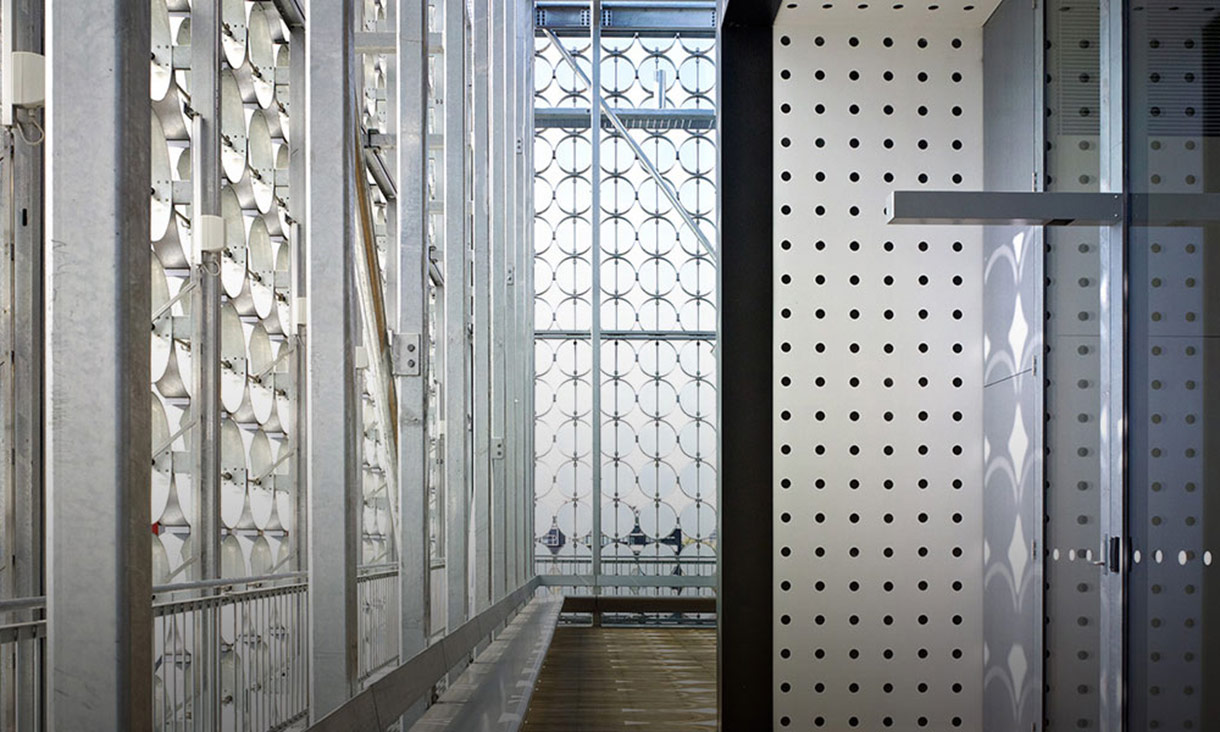Engineering management
RMIT's engineering courses provide the opportunity to boost your engineering career with a business foundation. You'll have the technical and business skills to be an industry leader.
Mechanical and automotive engineering
RMIT is a leader in mechanical and automotive engineering. Our students benefit from courses that are underpinned by our high-impact research and collaboration with industry.
Sustainable practices
Lead change in sustainable practice and explore complex issues with like-minded people.





